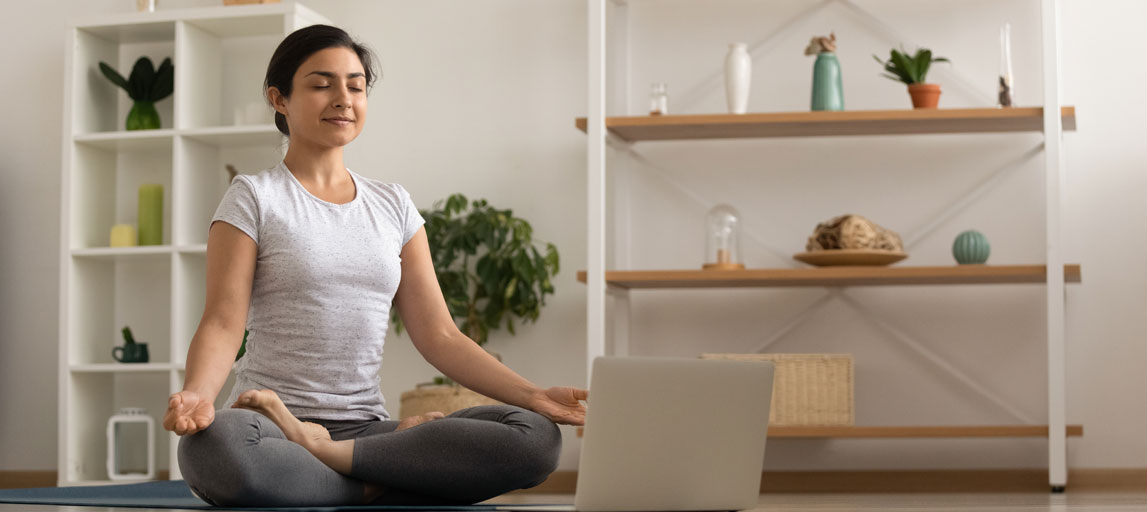Yoga may be the last thing on your mind when you start to feel the stress that comes with chronic pain. However, you might be amazed to learn that there is a style of yoga that mimics the therapeutic effects of merely remaining still and relaxing. The experts of yoga in castle hill have restorative yoga poses that are ideal for safe, long-term pain management if you’re willing to try something new and soothing. In fact, when yoga classes for kids are done under proper supervision, these yoga poses can be helpful for almost all ages.

What is chronic pain?
Chronic pain is distinct from acute pain in three respects. First, the body might become more responsive to threat, delivering threat signals to the brain even when there is no serious risk. Second, the brain can become more prone to misinterpreting conditions as dangerous and feelings as painful, resulting in pain responses that are out of proportion to any actual danger. Finally, as pain is experienced repeatedly, the lines between the various parts of the pain response—sensation, suffering, and stress—become increasingly blurred. The mind and body have learned already how to identify even the tiniest indication of a threat and create a full defensive immunity in all its grandeur in most cases of chronic pain.

Why yoga for chronic pain?
Yoga’s healing blend of meditation, pranayama, and asana is what makes it a viable treatment for pain’s multifaceted nature.
Yoga can help with chronic pain illnesses like arthritis, fibromyalgia, migraines, and low back pain. In some cases of chronic back pain, studies have shown that yoga is more beneficial than normal medical treatment. Yoga has been demonstrated to alleviate muscular stiffness and joint discomfort, strengthen the body, and enhance range of motion and agility in multiple studies.
Yoga promotes the body’s “relaxation response,” which is similar to shutting off the light switch in your system. Both the heart rate and the blood pressure are controlled. Breathing becomes more slow as time goes on. From “fight or flight,” we shift to “tend and befriend.” Over time, this frequent mind-body training alters the structure of the brain and how we perceive pain.
Restorative poses will boost melatonin levels and relieve pain receptors, allowing you to get some much-needed rest and relaxation.
Chronic pain has been demonstrated to benefit from relaxation in particular. The stress reaction is turned off, and the body’s energy is directed toward development, repair, immunological function, digestion, and other self-nurturing functions. The relaxation reaction breaks down the mind-body samskaras that cause pain and lays the groundwork for good healing behaviours.
What to try?
- Pranayama – Simple breath awareness can assist in the nervous system’s regulation, bringing sensations of serenity to the mental, physical, and subtle bodies. Try inhaling through your alternate nostrils.
- Upavistha Konasana – Place a blanket, towel, or pillow on the seat of a chair in front of you, and sit wide-legged on the floor facing the chair. To relieve hamstring stiffness, bend your knees slightly or tuck a blanket or cushion under your seat. Hinge your hips forward and lay your head on the blanket or your hands. Take a deeper inhalation, then fully exhale, returning to regular breathing, and repeat as needed.
- Savasana – In a restorative yoga practise for chronic pain, this position, which is generally done at the conclusion of class, might take centre stage. Lower back pain can be alleviated by elevating the knees on a rolled-up blanket.





